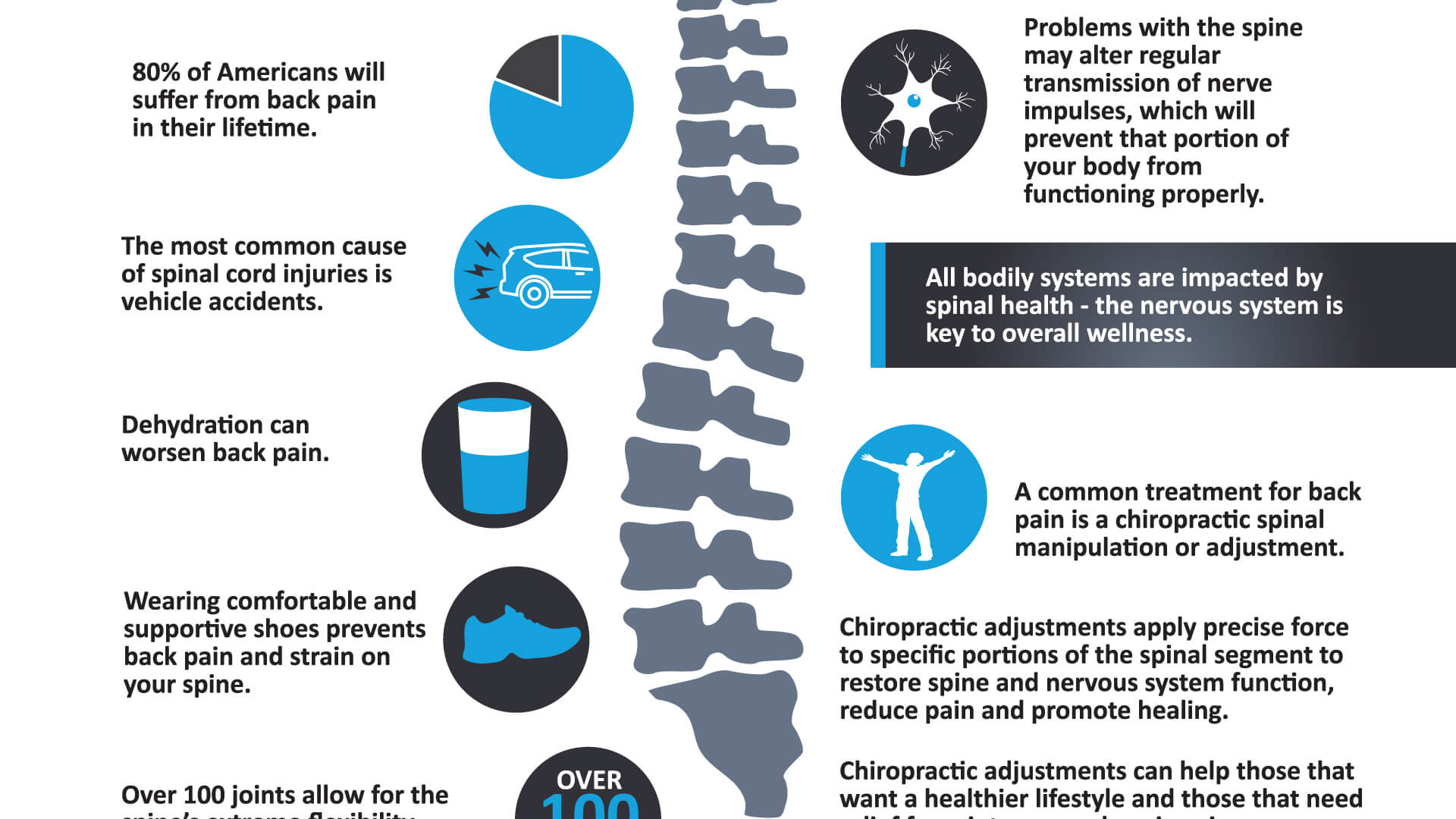Be Prepared To Untangle The Fascinating Mobile Interactions Involved In Cold Laser Therapy And Its Utilization Of Light For The Purpose Of Recovery. Immerse Yourself Better Right Into The Realm Of Science!
Be Prepared To Untangle The Fascinating Mobile Interactions Involved In Cold Laser Therapy And Its Utilization Of Light For The Purpose Of Recovery. Immerse Yourself Better Right Into The Realm Of Science!
Blog Article
Short Article Written By-Castro Pedersen
You may have come across cold laser treatment as an encouraging therapy choice for various problems, yet have you ever before questioned exactly how it actually works on a cellular degree? Understanding the systems behind this therapy can shed light on its performance in advertising healing and decreasing inflammation. By checking out the science behind cold laser therapy, you'll gain insights right into the interesting methods which light can influence mobile processes and facilitate cells fixing.
Exactly How Cold Laser Therapy Functions
To understand how cold laser therapy works, you need to comprehend the fundamental principles of just how light power engages with organic tissues. Cold laser treatment, also known as low-level laser treatment (LLLT), makes use of certain wavelengths of light to penetrate the skin and target underlying tissues. Unlike infrared body wrap before and after used in procedures, cold lasers release low degrees of light that do not produce warmth or create damages to the cells.
When these mild light waves reach the cells, they're taken in by elements called chromophores, such as cytochrome c oxidase in mitochondria. This absorption causes a collection of organic responses, consisting of enhanced mobile power manufacturing and the launch of nitric oxide, which enhances blood flow and reduces swelling.
Additionally, the light power can likewise boost the production of adenosine triphosphate (ATP), the energy money of cells, aiding in mobile repair service and regrowth processes.
Basically, cold laser treatment uses the power of light power to advertise healing and ease discomfort in a non-invasive and gentle fashion.
Systems of Action
Just how does cold laser treatment in fact function to generate its therapeutic impacts on organic cells?
Cold laser treatment, also called low-level laser therapy (LLLT), operates through a process called photobiomodulation. When the cold laser is related to the skin, the light energy passes through the tissues and is taken in by chromophores within the cells.
These chromophores, such as cytochrome c oxidase in the mitochondria, are after that boosted by the light energy, resulting in a waterfall of organic responses. One essential device of activity is the improvement of mobile metabolic rate.
https://www.getthegloss.com/health/emerald-laser-review-non-surgical-fat-loss-treatment taken in light energy boosts ATP production in the mitochondria, which is vital for mobile feature and repair. Additionally, cold laser therapy assists to decrease inflammation by inhibiting inflammatory mediators and advertising the release of anti-inflammatory cytokines.
This anti-inflammatory effect contributes to discomfort relief and tissue recovery.
Healing Results
Understanding the therapeutic results of cold laser therapy entails identifying exactly how the boosted mobile metabolism and anti-inflammatory properties add to its positive end results on biological tissues.
When the cold laser is put on the afflicted area, it stimulates the mitochondria within the cells, bring about raised production of adenosine triphosphate (ATP), which is crucial for mobile function and fixing. This increase in mobile power speeds up the recovery procedure by promoting tissue regeneration and reducing inflammation.
Additionally, the anti-inflammatory properties of cold laser treatment help to decrease discomfort and swelling in the targeted area. By preventing inflammatory conciliators and advertising the launch of anti-inflammatory cytokines, cold laser therapy help in reducing pain and improving the total healing response.
This decrease in inflammation not just offers instant alleviation yet likewise supports lasting tissue repair work.
Conclusion
In conclusion, cold laser therapy works by boosting mobile repair and tissue regrowth through photobiomodulation. Its anti-inflammatory properties provide pain alleviation and reduce swelling by hindering inflammatory mediators.
This treatment provides a comprehensive method to healing, providing both immediate alleviation and long-term cells repair service advantages.
With its systems of action, cold laser treatment proves to be an effective and appealing treatment option for a variety of problems.
